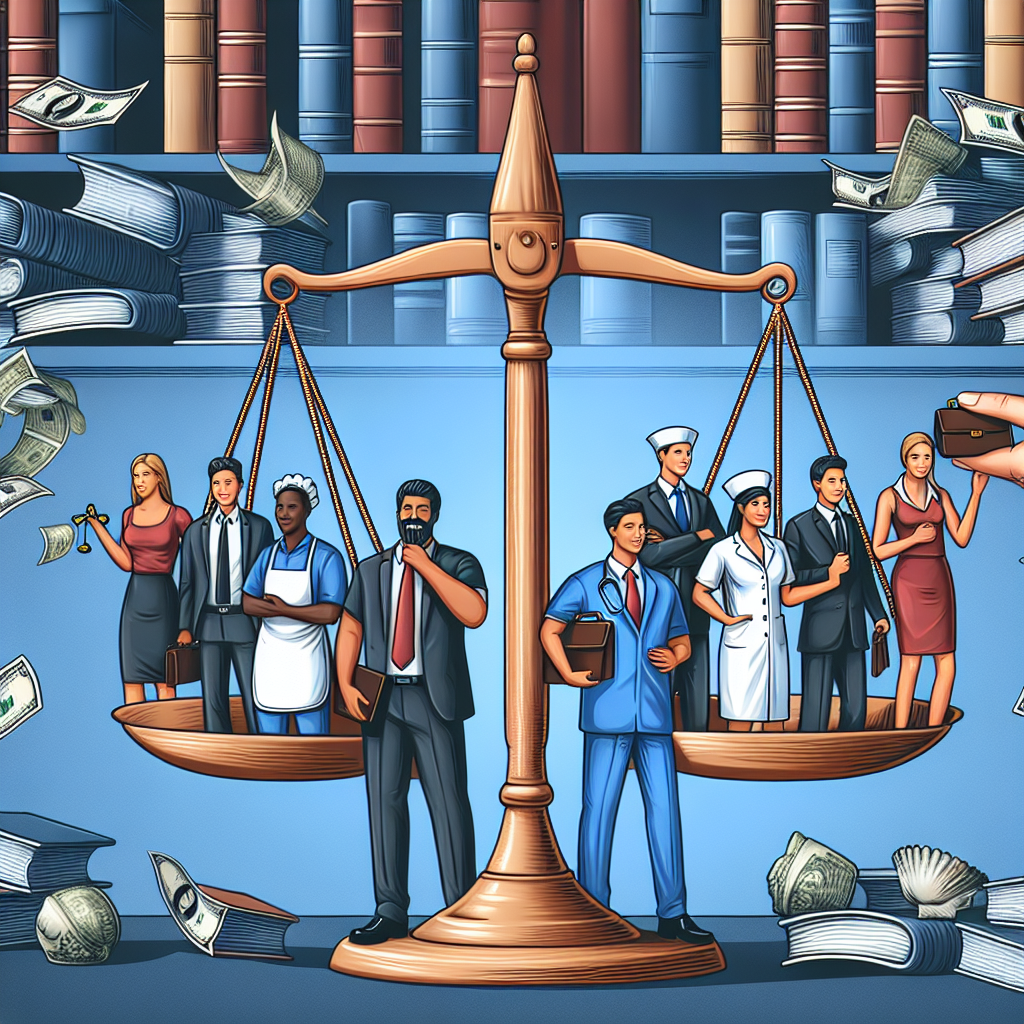How does a victims’ rights movement grow within an athletic realm? Why does it matter for the sporting industry? This narrative traces this journey through an unlikely lens – music.
Musical Movement
Teams are no strangers to rhythm; it’s in every pulse of the game, each chant from spectators. But what happens when these cadences become anthems for equality and justice?
Artistic Innovation
Innovation often breeds discomfort. Athletes have been creating spaces for conversations about assault by transforming locker room banter into harmonies fighting against injustice.
Industry Changes
The sports industry reacts — and sometimes slowly to changes in societal norms. Yet with increasing acceptance of victim voices, there has been profound reshape in conduct policies across leagues.
Cultural Impact
This new sound wave did not just echo within sports arenas alone; it cascaded across society stirring discussions about accountability in environments akin to sport dynamics: competitive, masculine-dominated with a pressure-cooker intensity.
Artist Perspectives
Athletic ‘artists’ who dared raise their voices paved way for others to follow suit contributing to a growing chorus calling out injustices both on and off pitch.
Fan Response
Fans responded – some with applause while others recoiled uncomfortable at having their beloved pastime politicized. However, even amidst controversies audiences were compelled to listen.This amalgamation of sports and music, coupled with the profound message it conveyed, spurred advancements in how stories are shared. Victim narratives moved from hushed whispers to resounding beats that reverberated across platforms.
In a world where past wounds can be opened by an errant music note or a casual comment during a game’s commentary, the direction now seems set towards more empathy, openness and inclusivity.
And what is thus left behind? A legacy of resilience. An anthem for every person who has been wronged in some way, but stands strong anyway – on fields, courts or even life stage called world.



